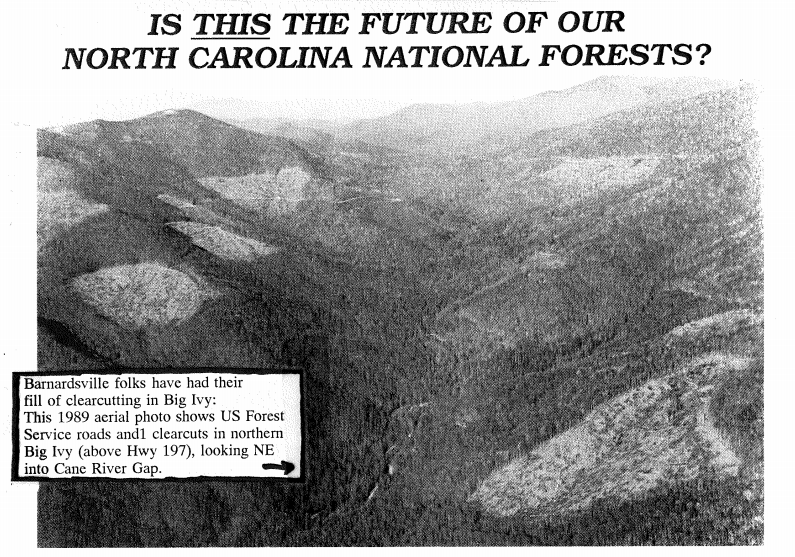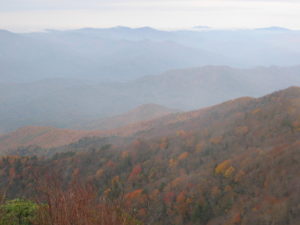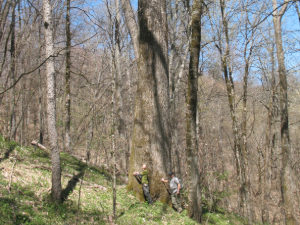Protect NEPA: Speak Up for Your Right to Speak Up!
Action Expired
The Trump administration is threatening the right to speak up about government projects that affect our communities and the mountains we love in Western NC.
What’s NEPA?
The National Environmental Policy Act, or NEPA, is such a basic part of our lives that we usually don’t even think about it. It’s what allows citizens to have a say about the plans for government projects that will affect the places they live, and requires the government to consider the environment when making critical decisions about road building, land management, permit applications and more.
It’s NEPA that allows everyday people to comment on the Forest Service’s Nantahala-Pisgah Forests Management Plan, or to know the costs and impacts of projects like the I-26 expansion before they occur. NEPA keeps these decisions from being made in the dark, and by requiring plan alternatives, it saves tax dollars.
The White House Council on Environmental Quality (CEQ) is proposing revisions to NEPA that will undo the core principles of the act. We have until August 20 to submit public comments to defend NEPA.





